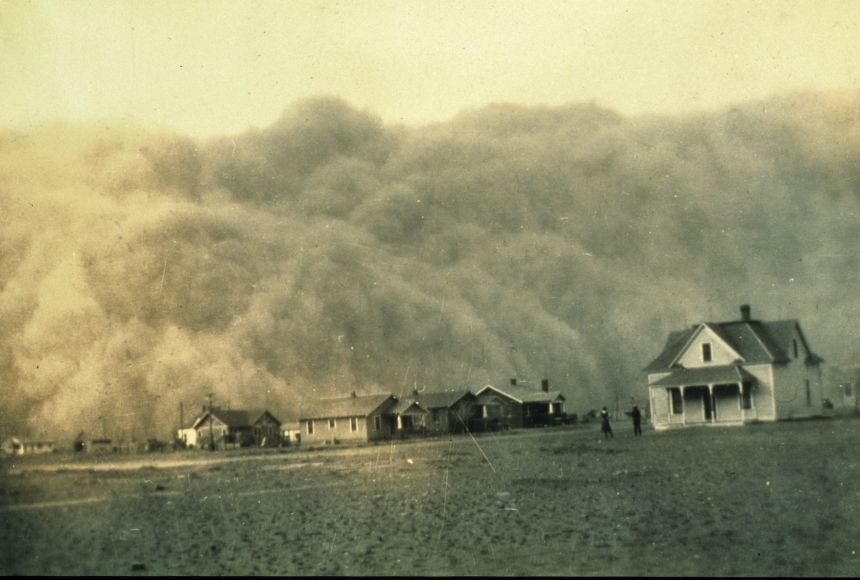The question above was the headline of a National Geographic article about soils in 1984. It remains as relevant today as it was back then, suggesting how little attention we continue to pay to how we grow our food.
We lavish attention on our food, we want to know where it came from, who grew it, and whether it is "conventional" or "organic." But we give hardly a passing thought to the ground our food grows in.
Soil could use some more attention and respect. After all, soil is the thin skin of our Earth where we plant and grow the vital grain crops such as wheat, rice, and corn that feed more than seven billion of us.
Disturbing Trend for Our Soil
The future truly rests on the soil beneath our feet. However, history is littered with the remains of civilizations that ignored, exploited, and degraded their soil.
Humanity continues to neglect the land we need for food production. One-third of the world's soil has already been damaged by water and wind erosion, deforestation, compaction, nutrient depletion, and pollution. By our own actions, we are losing soil faster than nature can create it. As the world's population keeps growing, we also pave over some of the most productive farmland for urban areas. The United Nations said that unless we protect the remaining soil, the global amount of arable and productive land per person in 2050 will be only a quarter of what it was in 1960. To change that trend, we must improve land use and conservation practices.
In the late 1930s, American soil scientist W.C. Lowdermilk traveled across Europe, North Africa, and the Middle East. His purpose was to investigate why past civilizations failed or persevered by looking at the effect of agricultural practices over the past 7,000 years. He visited lands that had been in cultivation for centuries to understand the link between soil erosion and the fate of civilizations.
The Dust Bowl Disaster
Lowdermilk sought insights that could help avoid a repeat of the Dust Bowl. The Dust Bowl was a soil erosion disaster that hit the southern Great Plains of the United States in the 1930s. It was caused by the “Great Plow-Up” of perennial grasslands to grow wheat year after year. A decade-long drought turned the loose earth to dust, and huge dust storms blew Plains soil as far east as Washington, D.C. Thousands of people in Oklahoma, Kansas, and nearby states were driven from their land as a consequence.
Lowdermilk's 18-month mission explored fallen empires and vanished civilizations. He found that soil losses from wind and water erosion had contributed to their collapse. Other factors included deforestation, overgrazing, and conflicts between crop farmers and herdsmen. He also found that careful stewardship of soil has allowed other societies to flourish for centuries. These practices have included land terracing, crop rotation, tree planting, and other methods that keep soil from eroding.
A 2015 study called “Soil and Human Security in the 21st Century” was published in the journal Science. It reported that a recent increase in research on soils and soil health had been encouraging. However, the study also warned that soil conservation—preserving soil carbon, cutting erosion, and improving soil nutrients—must increase significantly to protect the remaining soils we rely on. And that change must happen soon.
"These are challenging goals that will be difficult to achieve," the study said, "much like the approaches required to contend with climate change."
Our Future Could Be in Jeopardy
Unless we ramp up our efforts to conserve our remaining soils, our own future is at risk. There is a real danger that today's societies could fail in ways similar to the civilizations that Lowdermilk studied more than 75 years ago. The world's population is likely to grow past nine billion by 2050. More people will place greater pressure on the world's soils to grow even more food.
Governments and international organizations have been promoting more education campaigns about soils. Environmental scientists and farmers are leading the way, urging everyone to recognize the vital role that healthy soils play in growing the food we need and enjoy.
It's about time. Here's to soil.
Dennis Dimick grew up on a farm in Oregon and studied agriculture in college. He serves as National Geographic's Executive Editor for the Environment.

